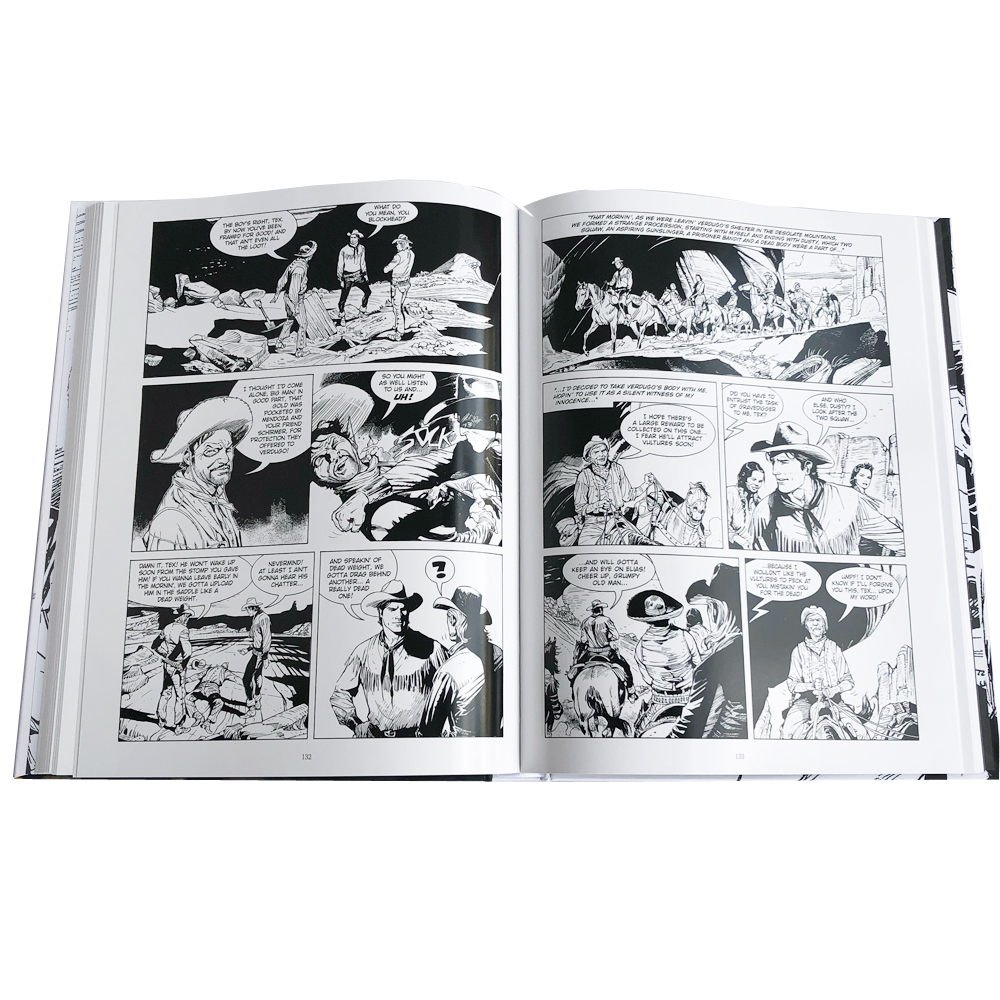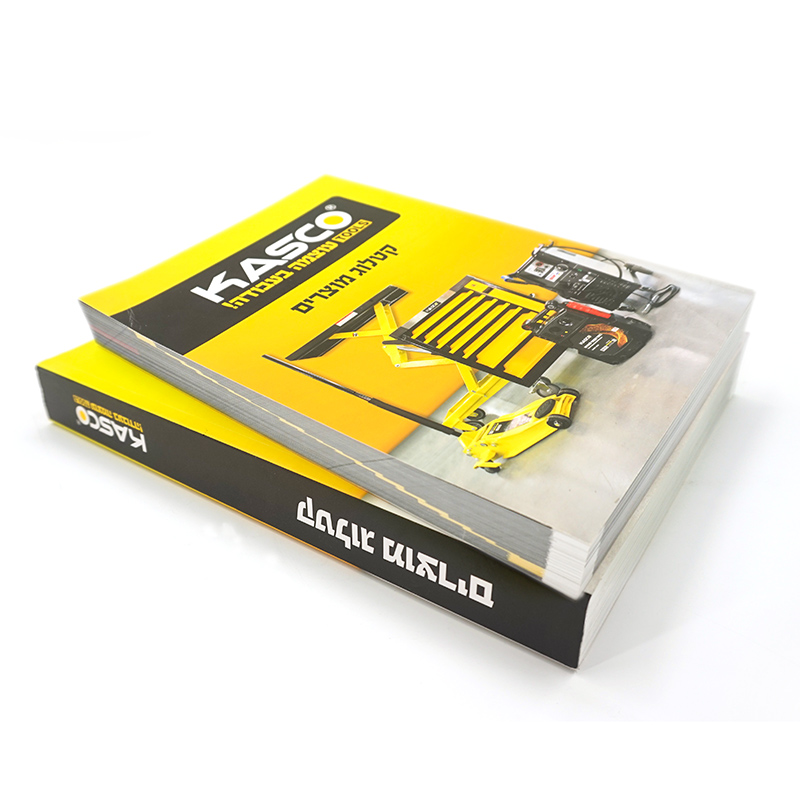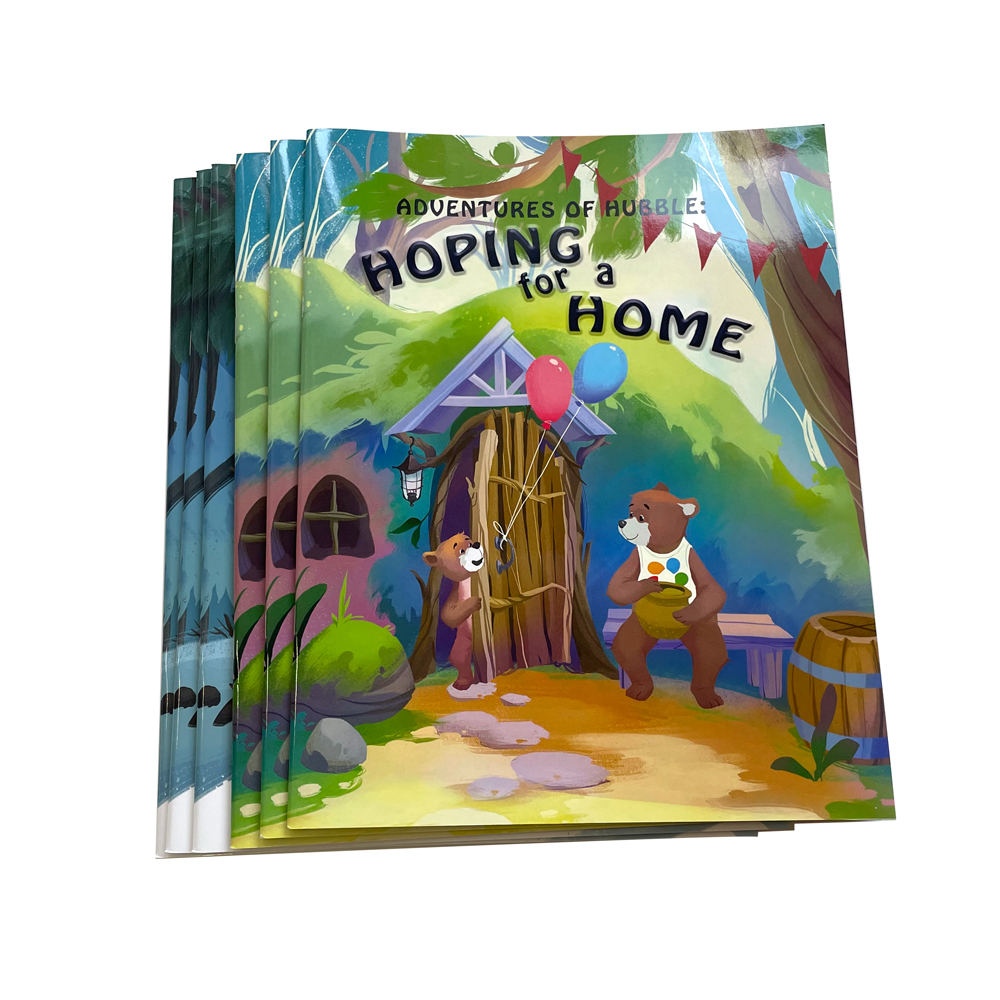Sådan laver du din egen tegneserie
At skabe og trykke en tegneserie er en spændende, men indviklet rejse, der kombinerer historiefortælling, illustration og udgivelsesfærdigheder. Uanset om du er en nybegynder tegneserieskaber, der er ivrig efter at udgive dit første værk, eller en erfaren kunstner, der forfiner dine færdigheder, er det vigtigt at forstå hele processen med tegneserietryk for en vellykket udgivelse. Denne vejledning giver et omfattende kig på hvert trin – fra at lave din historie og dine karakterer til at forberede filer til tryk og vælge den rigtige udgivelsesvej.
Hos bogudskrivning er vi dedikerede til at hjælpe skabere med at bringe deres tegneserier til live med højkvalitets printløsninger. Lad os dykke ned i detaljerne, der vil guide dig fra koncept til print.
Indholdsfortegnelse
Opbygning af en fængslende historie og mindeværdige karakterer
En vellykket tegneserie begynder med en overbevisende historie og karakterer, der vækker genklang hos læserne. Dette grundlæggende skridt er afgørende for at udvikle en tegneserie, der fanger opmærksomhed og efterlader en varig effekt.
Brainstorming af unikke ideer
Start med at notere forskellige koncepter, temaer eller budskaber ned, som du ønsker at formidle. Overvej, hvad der begejstrer dig, eller hvilke typer historier du brænder for at fortælle. Uanset om det er et superhelteeventyr eller en introspektiv fortælling om livet, så lad din kreativitet flyde uden begrænsninger. Få inspiration fra bøger, film eller personlige oplevelser. Husk, at selv de mest uventede ideer kan føre til bemærkelsesværdige historier.
Udarbejdelse af en engagerende historiebue
En veludviklet historiebue holder læserne hooked fra start til slut. Bryd din historie ned i en struktureret bue med en begyndelse, midte og slutning. Skitsér vigtige plotpunkter og sørg for, at hver karakters rejse har betydning. Brug gennemprøvede strukturer, såsom treaktsmodellen (opsætning, konfrontation, opløsning), til at organisere din historie. En afbalanceret fortælling, der inkluderer handling, dialog og karaktervækst, vil bevare engagement og momentum hele vejen igennem.
Design af karakteristiske karakterer
Karakterer er essensen af din tegneserie. Invester tid i at designe personligheder, der er visuelt unikke og følelsesmæssigt engagerende. Overvej hver karakters baggrund, motivationer, styrker og mangler. Udvikle karakterprofiler med fysiske beskrivelser, personlighedstræk og relationer. Små særheder eller unikke træk kan få karakterer til at skille sig ud. Planlæg, hvordan hver karakter udvikler sig over historien for at forbedre dybden af din fortælling.
At skrive et sammenhængende tegneseriemanuskript
Et veludviklet manuskript fungerer som planen for din tegneserie, der styrer både historiens flow og de visuelle elementer.
Forståelse af tegneserieformat
Tegneseriemanuskripter har et specifikt format, der kombinerer dialog, fortælling og visuelle signaler. Gør dig bekendt med denne struktur for at sikre klarhed. Et script opdeler typisk hver side i paneler med detaljerede indstillinger, handlinger og karakterplaceringer. Inklusive specifikke instruktioner om stemning og tone hjælper kunstnere med at bringe din vision til live præcist.
Udarbejdelse af dynamisk dialog
Dialog i tegneserier skal være kortfattet, naturlig og målrettet. Det skal afsløre karaktertræk, fremme plottet og engagere læseren. Undgå lange monologer og vælg hurtige udvekslinger. Læs din dialog højt for at sikre, at den flyder naturligt. Veludviklet dialog kan tilføje humor, spænding eller følelser og uddybe læserens forbindelse med historien.
Pacing og panellayout
Pacing styrer rytmen i din historie, med antallet og størrelsen af paneler, der påvirker, hvordan scener udfolder sig. Eksperimenter med panellayouts for at skabe forskellige effekter. For eksempel understreger store paneler nøgleøjeblikke, mens mindre formidler, at det haster. En tegneserie i godt tempo veksler mellem action og roligere øjeblikke og giver en afbalanceret fortælling, der holder læserne engageret.
At skabe kunstværker, der bringer din historie til live
Det visuelle aspekt er kernen i enhver tegneserie. Vælg en kunststil og et medie, der stemmer overens med din historie og appellerer til din målgruppe.
Valg af kunststil og medium
Tegneseriekunst spænder fra digitale illustrationer til traditionel pen og blæk eller akvarel. Eksperimenter for at finde en stil, der bedst repræsenterer din vision. Konsistens er nøglen til et professionelt udseende. Overvej, hvordan farver, skygge og stregarbejde kan forbedre din tegneseries stemning. Din valgte stil skal komplementere temaerne og følelserne i din historie.
Miniaturebilleder og skitsering
Miniatureskitser giver et groft layout af hver side, der hjælper dig med at planlægge komposition og flow. Forfin disse thumbnails til detaljerede skitser, med fokus på karakterer, baggrunde og panelarrangementer. Thumbnailing giver dig mulighed for at eksperimentere med layouts, før du forpligter dig til et endeligt design, hvilket sikrer, at hver side effektivt formidler historien.
Sværte og farvelægning
Trykfarve tilføjer dybde og skarphed til dine skitser, hvilket giver dit kunstværk et poleret udseende. Efter farvelægning bringer farvelægning liv og følelser til din tegneserie. Vælg en farvepalet, der forstærker atmosfæren. Sværte og farvelægning er afgørende trin, der gør din tegneserie visuelt fængslende og klar til tryk.
Forberedelse af din tegneserie til tryk
De sidste stadier af tegneserieskabelse involverer at samle dit arbejde og forberede filer til udskrivning.
Valg af det rigtige format og størrelse
Tegneserier kommer i forskellige størrelser. Overvej din målgruppe og det format, de foretrækker. bogudskrivning tilbyder populære størrelser som US Standard (6,69" x 10,24") og Standard Manga (5" x 7,52"). Den valgte størrelse påvirker layout og præsentation, så vælg en, der bedst fremviser dit kunstværk og stemmer overens med industristandarder.
Sikring af korrekt filforberedelse
Korrekt forberedelse af filer sikrer et professionelt udskriftsresultat. Nøgleelementer omfatter:
- Bløde: Tilføjelse af blødning forhindrer væsentlige dele af dit kunstværk i at blive skåret af under trimning.
- Høj opløsning: Indstil filer til 300 dpi for skarpe, klare billeder.
- Korrekt formatering: Sørg for, at filerne er formateret til printerens specifikationer for at opnå et resultat af høj kvalitet.
- CMYK-farvetilstand: Brug af CMYK (cyan, magenta, gul, sort) sikrer nøjagtig farvegengivelse på print.
Udskrivning af bøger giver gratis skabeloner gennem Instant Price Calculator, der hjælper dig med at justere dine designs nøjagtigt. Alternativt kan du bruge vores online designværktøj til forudindstillede retningslinjer for udskrivning.
Selvudgivelse vs. traditionel udgivelse for tegneserieskabere
At vælge mellem selvudgivelse og traditionel udgivelse er et vigtigt skridt for tegneserieskabere. Begge muligheder giver unikke fordele.
Fordele ved selvudgivelse
Selvudgivelse giver fuld kreativ kontrol og en højere fortjenstmargen. Det kræver dog håndtering af alle opgaver, herunder redigering, design og markedsføring. Print-on-demand (POD)-tjenester, såsom bogudskrivnings PrintLink, gør det muligt for skabere at producere tegneserier med minimale forudgående omkostninger. POD er ideel til styring af lagerbeholdning og tillader miljøvenlig distribution, da bøger kun udskrives, når de bestilles.
Fordele ved traditionel udgivelse
Traditionel udgivelse tilbyder bredere distribution og professionel støtte, men indebærer at give afkald på kreativ kontrol og dele overskud. Det er velegnet til dem, der søger større eksponering og industriressourcer. Beslut dig ud fra dine mål og ressourcer. bogudskrivning understøtter begge veje, hvilket sikrer højkvalitetsudskrifter uanset din valgte rute.
Ressourcer til håbefulde tegneserieskabere
At skabe tegneserier er en rejse, der bedst gennemføres med støtte fra et fællesskab. Her er nogle værdifulde ressourcer til at lære og komme i kontakt med andre skabere:
- Etherington Brothers: De er kendt for deres succesfulde Kickstarter-kunstbøger og tilbyder et væld af tutorials og ressourcer.
- Mary Landro: En tegneseriekunstner, der deler tutorials om tegneserieudskrivning og andre nyttige videoer på YouTube.
- Grace Ezzati: Skaber af indsigtsfulde tutorials om at tage tegneserieideer fra koncept til professionelt tryk.
Opbygning af et netværk og adgang til ressourcer kan give vejledning, feedback og inspiration, mens du vokser som tegneserieskaber.
Yderligere tips til vellykket tegneserieudskrivning
Markedsføring af din tegneserie
En gennemarbejdet tegneserie fortjener et publikum. Opbyg en online tilstedeværelse gennem et websted og sociale medier for at engagere læserne. Del teasere, indsigt bag kulisserne og opdateringer for at skabe spænding før din tegneserie udkommer. Tilskynd anmeldelser og udtalelser for at tiltrække flere læsere.
Undersøgelse af finansieringsmuligheder
Overvej crowdfunding-platforme som Kickstarter til at finansiere dit projekt. Mange tegneserieskabere indsamler med succes midler til dækning af tryk- og marketingomkostninger. Crowdfunding hjælper også med at måle interessen for dit projekt og opbygge en tidlig fanskare.
Konklusion: Start din tegneserieudskrivningsrejse med bogudskrivning
At skabe en tegneserie er en givende proces, der blander fantasi, dygtighed og hårdt arbejde. Fra det første koncept til den trykte side er hvert trin en mulighed for at bringe din vision ud i livet. Hos bogudskrivning er vi forpligtet til at understøtte din kreative rejse med printtjenester i topkvalitet, uanset om du udskriver et enkeltstående nummer eller en hel serie.
Klar til at begynde at printe din tegneserie? Besøg bogudskrivningens tegneserieside for at udforske vores tjenester. Du kan også gennemse sektionerne om bogudskrivningsblog og support for mere nyttig indsigt i udskrivning og udgivelse.
Ofte stillede spørgsmål
1. Hvad er den bedste størrelse til at trykke tegneserier?
Populære størrelser inkluderer US Standard (6,69" x 10,24") og Standard Manga (5" x 7,52"). Vælg en størrelse, der passer til din målgruppes præferencer og komplementerer dit kunstværk.
2. Hvordan forbereder jeg filer til tegneserieudskrivning?
Indstil dine filer til 300 dpi, brug CMYK-farvetilstand, og tilføj bleed for at undgå tab af indhold under trimning. bogudskrivning giver skabeloner til at hjælpe med nøjagtig filopsætning.
3. Skal jeg selvudgive eller gå med et traditionelt forlag?
Selvudgivelse giver kontrol og højere fortjeneste, men kræver mere arbejde. Traditionel udgivelse giver professionel støtte og bredere distribution, men involverer overskudsdeling.
Bogtryk
Nye produkter
Sidste blog

Hvad er fordelene ved at trykke en roman i hardcover
Allerede i begyndelsen af din rejse som forfatter eller udgiver vil du sandsynligvis blive overvældet af adskillige beslutninger vedrørende design, produktion og præsentation af dit arbejde.
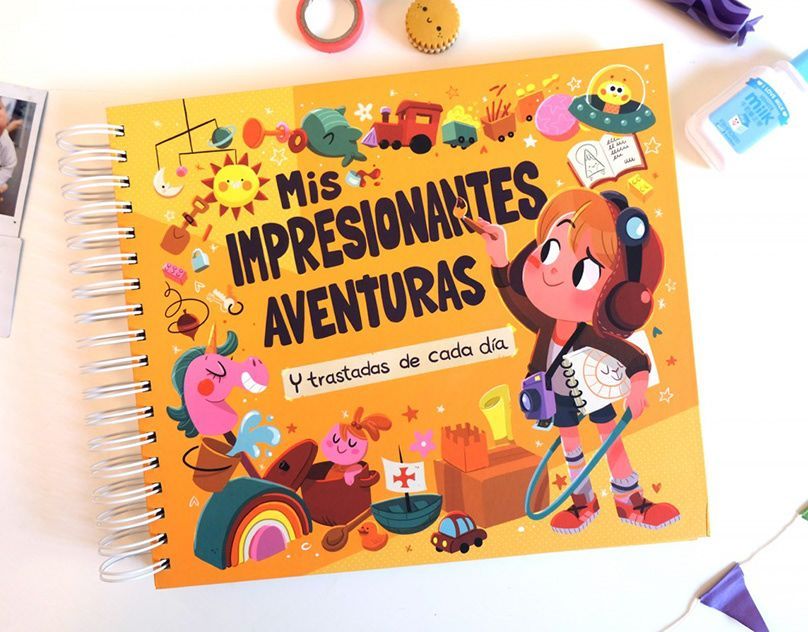
Hvor meget koster det at printe en malebog
Er du en kunstner eller forfatter ivrig efter at forvandle din kreative malebogsidee til et håndgribeligt produkt?
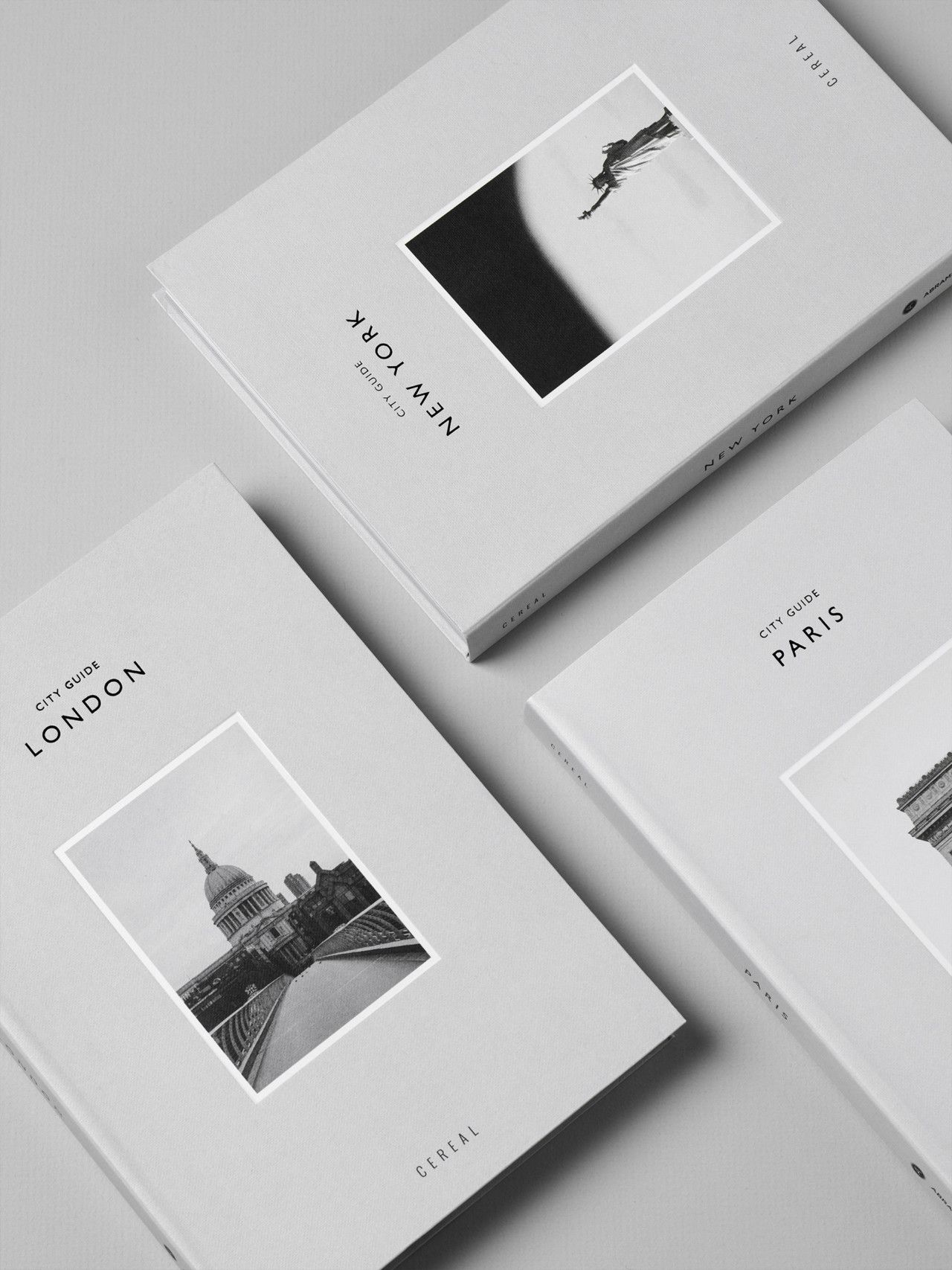
Hvordan reducerede trykning prisen på bøger?
Uanset om du er en håbefuld forfatter, der planlægger at trykke din første roman, en virksomhed, der forbereder et produktkatalog, eller nogen, der har brug for professionelt bogtryk,
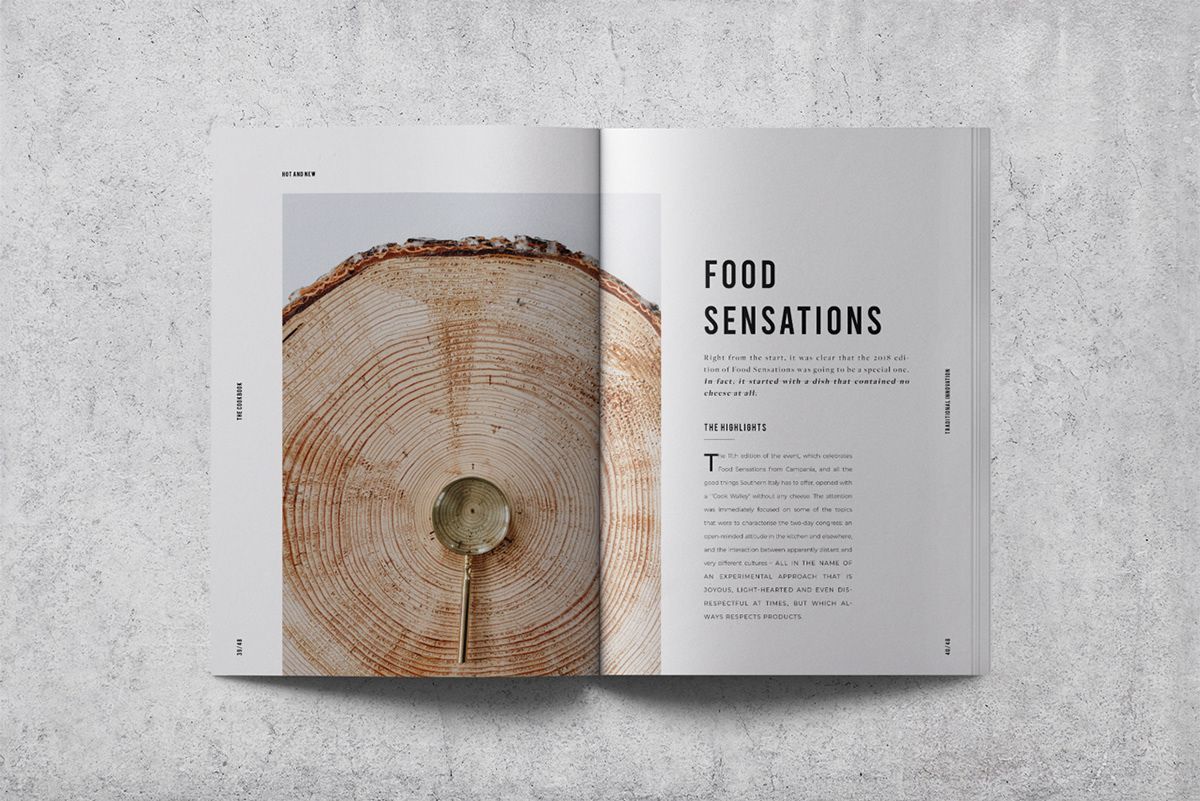
7 Overbevisende fordele ved at bruge professionelle bogudskrivningstjenester
I litteraturens verden kan produktionskvaliteten af en bog i høj grad påvirke dens succes
Kontakt os
- +86 13946584521
- info@booksprinting.net
- 8:00 - 22:00 (man-søn)
Kommentarer
Relateret blog
Find de nyeste trends og fælles viden inden for bogtrykkeri.

5 vigtigste fordele ved print-on-demand-bøger for forfattere og læsere
Hvis du dykker ned i selvudgivelse, vil en af dine primære bekymringer være at finde økonomiske muligheder for bogtryk
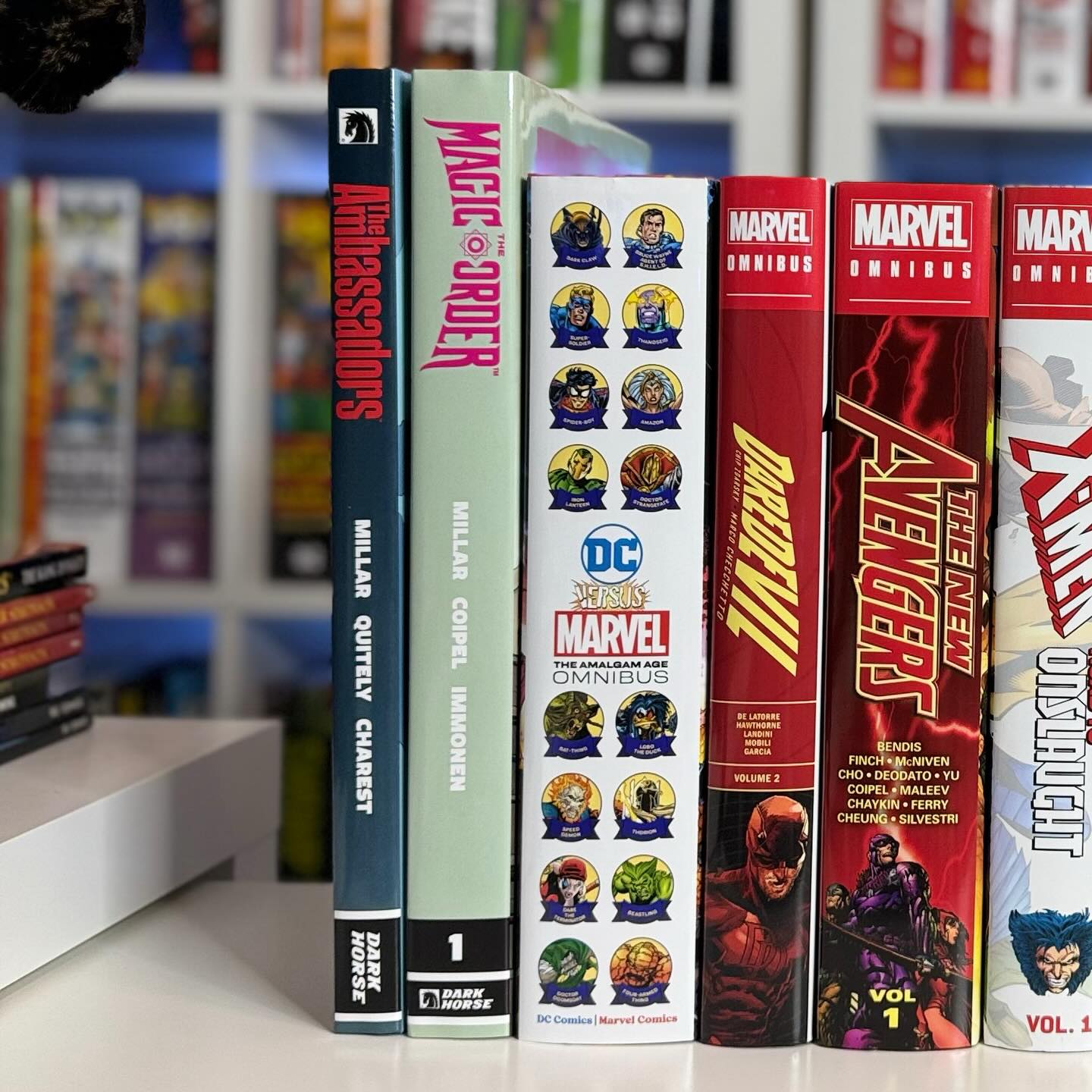
hvor meget koster bogtryk
Udskrivningsomkostninger for bøger kan variere fra $2 til $20 pr. bog, afhængigt af faktorer som mængde, materialer og type. For eksempel er paperback-bøger mere overkommelige og koster ofte $2–$5 for sort-hvid-udskrivning, mens hardcover-udgaver eller fuldfarveprint kan nå $20 på grund af højere produktionsomkostninger.
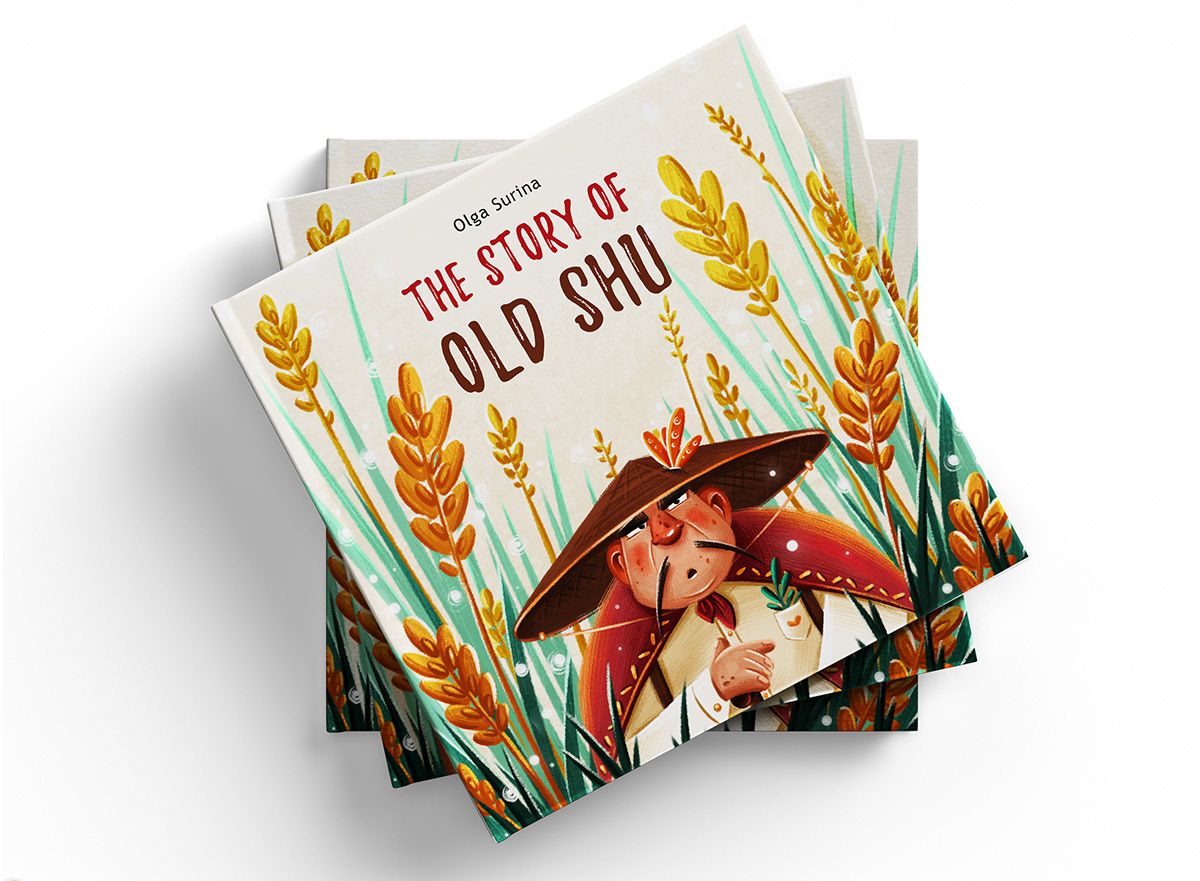
Hvor meget koster det at trykke en børnebog?
At udgive en børnebog er en spændende rejse, der giver forfattere mulighed for at dele historier, fremme fantasien og uddanne unge sind. Imidlertid,

Hvor meget koster det at printe en 12 siders bog?
Udskrivning af en 12-siders bog kan have en udskrivningsomkostning, der spænder fra $2 til $10 pr. kopi, afhængigt af dine valg. Faktorer som papirtype, indbinding og trykmetode spiller en stor rolle i fastsættelsen af den endelige pris

